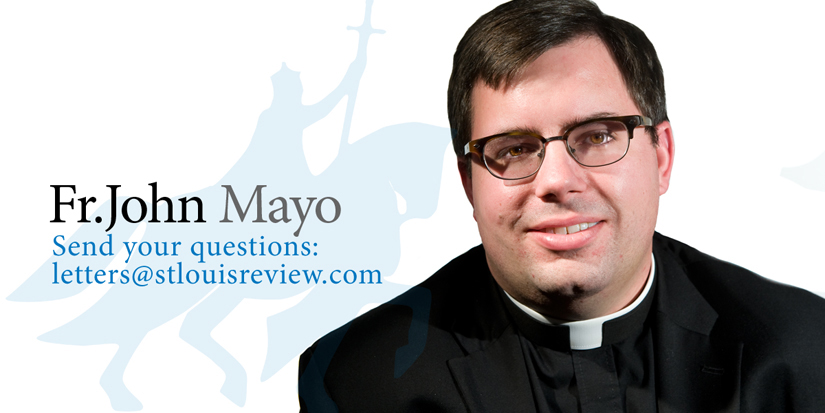 To sign or be marked by the cross originates in the Old Testament. In the Book of Ezekiel, the Babylonians threaten to conquer the city of Jerusalem. This is symbolized in Ezekiel’s vision by six armed men approaching the city from the north. While they approached, a man with a writing case came and stood in the temple. God instructs this man to go throughout the city and mark those who have persevered in their faith with the sign of the Tav. At the time, this would look closer to an “X,” but its more ancient form was closer to the “T,” which looks like a cross.
To sign or be marked by the cross originates in the Old Testament. In the Book of Ezekiel, the Babylonians threaten to conquer the city of Jerusalem. This is symbolized in Ezekiel’s vision by six armed men approaching the city from the north. While they approached, a man with a writing case came and stood in the temple. God instructs this man to go throughout the city and mark those who have persevered in their faith with the sign of the Tav. At the time, this would look closer to an “X,” but its more ancient form was closer to the “T,” which looks like a cross.
Outside of the biblical text, the Jewish people traditionally wear tefillins, or phylacteries, on their foreheads and arms as a sign of devotion. This practice stems from Deuteronomy 6:4-8, in which the Lord commands the people to constantly meditate on the one God and their need to love Him with their whole being each day.
It’s no surprise that the earliest Christians quickly adopted the sign of the cross as the sign that would mark them as followers of Christ. The first reference to the sign of the cross is from the Christian writer Tertullian, who exhorts all Christians in all their actions to make the sign of the cross on their forehead, citing such an action as a tradition. Later, St. Cyril of Jerusalem urged Christians to not be ashamed of the sign of the cross, for the demons tremble at its sight. Thus Christians, according to Cyril, should not be ashamed to make the sign of the cross nor hide it, but make it openly and reverently.
The practice of making the sign of the cross before the Gospel emerged by at least the ninth century, with the faithful making the sign of the cross on their forehead and breasts before the Gospel. The modern thrice signing with the cross on the forehead, lips, and breast came along in the 11th century. This practice likely emerged from meditating on the Gospel of Mark 4:15, where the Lord speaks of how the evil one is anxious to take the seed of God away from the hearts of the faithful. To sign ourselves with the cross, then, is to seal the Word of God in our minds, lips and in our hearts. To sign ourselves on the forehead means that we must believe in the Word of the Gospel. The sign of the cross on the lips means that we must preach the Gospel with our words. The sign on our breast means that we must treasure the Word of the Gospel in our hearts.
This column appeared in a previous edition of the St. Louis Review.
Father Mayo is pastor of St. Raphael Parish in St. Louis.